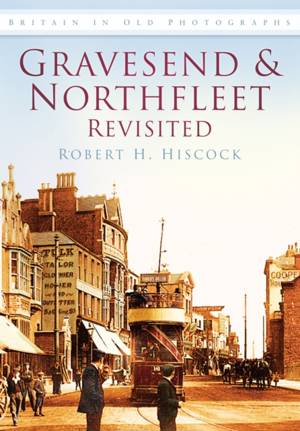
- Afhalen na 1 uur in een winkel met voorraad
- Gratis thuislevering in België vanaf € 30
- Ruim aanbod met 7 miljoen producten
- Afhalen na 1 uur in een winkel met voorraad
- Gratis thuislevering in België vanaf € 30
- Ruim aanbod met 7 miljoen producten
Zoeken
Omschrijving
During the last 100 years or so Gravesend has grown from a small community with a population of 22,000 in 1881, to the present Borough of Gravesham with a population of more than 90,000. Robert H. Hiscock's book illustrates this development, as a small but busy waterside town, depending on the Thames for much of its wealth, grew into a vast commercial and residential area, with many of its inhabitants commuting to London and elsewhere, providing a shopping center for the now much enlarged Gravesham. The photographs are taken from the area covered by the old Borough of Gravesend from its incorporation in 1672 to 1935. They are divided into four main sections: the Riverside; the Main Road from the Lion Garage; the Old Road; and Watling street. This book provides us with a fascinating collection of old photographs from this interesting and much changed region of Kent.
Specificaties
Betrokkenen
- Auteur(s):
- Uitgeverij:
Inhoud
- Aantal bladzijden:
- 128
- Taal:
- Engels
- Reeks:
Eigenschappen
- Productcode (EAN):
- 9780752450438
- Verschijningsdatum:
- 1/02/2010
- Uitvoering:
- Paperback
- Formaat:
- Trade paperback (VS)
- Afmetingen:
- 163 mm x 231 mm
- Gewicht:
- 272 g

Alleen bij Standaard Boekhandel
+ 41 punten op je klantenkaart van Standaard Boekhandel
Beoordelingen
We publiceren alleen reviews die voldoen aan de voorwaarden voor reviews. Bekijk onze voorwaarden voor reviews.








